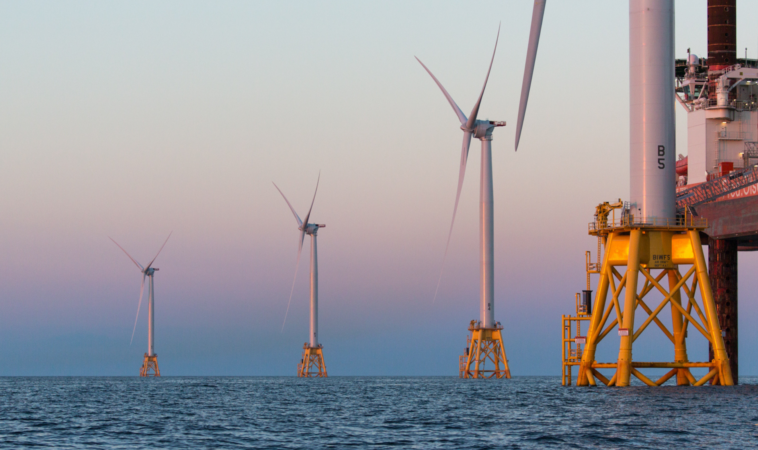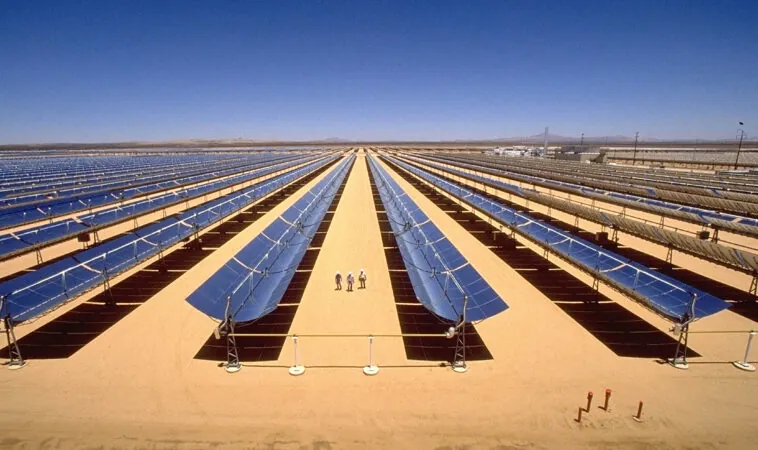
Although coal currently provides only around 10 percent of Canada’s electricity, it is responsible for 76 percent of the country’s electricity-sector CO2 emissions. To address this, Canada has committed to a phase-out of unabated coal-fired electricity by 2030 (generation that is not equipped with carbon capture and storage (CCS) technology, which captures CO2 emissions and stores them underground). This will support Canada’s 2030 goal of 90 percent non-emitting electricity and its national climate change commitments.
Greenhouse gas (GHG) emissions from Canada’s electricity sector decreased from 120 megatonnes (Mt) in 2005 to 79 Mt in 2016. A key factor underlying this decline was the Province of Ontario’s decision to phase-out coal, which it completed in 2014. Previously, coal emissions were a major source of air pollution that contributed to 53 smog days in Toronto alone in 2005.
Canada first introduced federal coal-fired electricity GHG regulations in 2012. These regulations complement subnational action, with all four provinces that currently generate power from coal having clean energy policies in place:
- Alberta’s climate leadership plan includes a coal phase-out date by December 31, 2030, a price on carbon and a requirement for 30 percent of electricity generation to come from renewables by 2030.
- The Boundary Dam coal plant in Saskatchewan has a carbon capture and storage (CCS) project in place. The Province has committed that up to 50% of electricity generating capacity will come from renewable sources by 2030.
- New Brunswick has committed that 40 percent of in-province electricity sales will come from renewable sources by 2020.
- Nova Scotia has set emission caps for its electricity sector, and has also committed that 40 percent of electricity will come from renewable sources by 2020.
The Government of Canada is also supporting these provinces as they transition away from coal with investments to improve interprovincial electricity grid infrastructure, making it easier for affordable clean energy to replace coal-fired electricity. These are part of broad investments in next generation smart grid, storage and clean electricity technology demonstration projects; deployment of emerging renewable energy technologies nearing commercialization; and $5 billion from the Canada Infrastructure Bank for green infrastructure projects that reduce greenhouse gas emissions, deliver clean air and promote renewable power.
Federal policy measures
On December 12, 2018, Environment and Climate Change Canada published new greenhouse gas regulations for coal and natural gas-fired electricity. These regulations are designed to make the clean energy transition both manageable and efficient over the next decade.
The regulations for coal-fired electricity replace the 2012 regulations and require the phase-out of unabated coal-fired electricity units by December 31, 2029.
The Regulations for new natural gas-fired electricity complement the transition off coal towards cleaner sources by setting performance standards to ensure that new natural gas-fired electricity generation is efficient. These regulations also allow coal units that convert to run on natural gas to operate for a fixed period of time. This will support the transition to cleaner sources of electricity as large amounts of coal-fired generation come offline over a short time period, and will also help support good, well-paying jobs for workers affected by the phase-out of coal-fired electricity.
Canada’s approach to pricing carbon pollution for electricity encourages innovation by creating incentives for electric utilities to use lower-emitting sources, such as wind, solar and natural gas, during the period from now until the 2030 phase-out established under the new regulations. Pricing carbon pollution will also ensure that the country reduces emissions at the lowest cost possible, and will help Canadian businesses to compete in the emerging global low-carbon economy.
The federal government estimates that the regulations accelerating the phase-out of unabated coal-fired electricity to 2030 will result in benefits of C$4.7 billion (US$3.8bn) between 2019 and 2055 through reduced climate change damage and improved health outcomes. For example, better air quality is predicted to result in 260 fewer premature deaths, 40,000 fewer asthma episodes, and 190,000 fewer days of breathing difficulty and reduced activity representing some C$1.3 billion (US$0.9bn) in savings in Canada.
Assisting the transition in Canada
Canada is supporting the transition to clean electricity by investing in strategic infrastructure and renewables, including support for electricity transmission interties, emerging renewable technologies, smart grids, and reducing reliance on diesel in northern, remote, and Indigenous communities. $21.9 billion over 11 years has been allocated to support green infrastructure under Canada’s clean growth and climate action plan, the Pan-Canadian Framework on Clean Growth and Climate Change.
Canada is working to ensure the transition away from coal power is a fair one for coal workers and communities. In an effort to better understand the impacts of phasing out coal and how to support those affected, Canada launched the Task Force on Just Transition for Canadian Coal Power Workers and Communities in 2018. The Task Force’s report, was published in early 2019 and provides expert advice that will help shape Canada’s approach to assisting coal workers and communities affected by the transition to cleaner electricity
Supporting international action
Internationally, Canada has pledged C$2.65 billion (US$2bn) by 2020 to help developing countries transition to low-carbon and climate resilient economies. As part of this, the federal government committed to working in partnership with the World Bank Group to support the acceleration of developing countries’ transition away from unabated coal-fired electricity toward clean energy. Canada has similarly supported the development of stricter OECD rules on export credits for coal projects.
On December 13, 2018, Canada announced that it would provide up to $275 million in blended finance to the World Bank to create the Energy Transition and Coal Phase-Out Program to support countries in the successful transition away from coal power towards cleaner energy. This funding builds on the Canada-World Bank partnership first announced at the One Planet Summit in December 2017. It will assist developing countries, particularly in Asia, to phase out their dependence on traditional coal-fired electricity while supporting energy efficient and renewable energy alternatives to power their fast-growing economies. The Program will also help to mobilize private-sector financial resources for climate action, and provide training and employment opportunities for women in non-traditional, sustainable technology sectors.
Canada is also taking a leadership role to support the global phase-out of unabated coal fired electricity through the Powering Past Coal Alliance, which it launched together with the United Kingdom at COP23.




